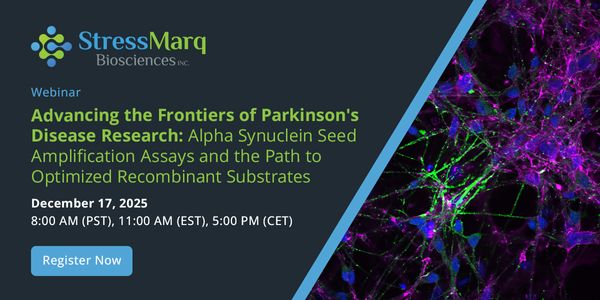-
Elena Grintsevich, PhD
Assistant Professor, Biochemistry and Cellular Biology, California State University, Long BeachBIOGRAPHY
Actin cytoskeleton is essential for eukaryotic cells. To exert its countless cellular functions, actin undergoes dynamic remodeling orchestrated by the large number of actin-interacting factors. Cellular conditions favor actin assembly (polymerization) as opposed to actin disassembly (depolymerization), and our understanding of actin disassembly mechanisms is still incomplete. In this talk I will discuss a unique mechanism of actin disassembly that relies on site- and stereo-specific oxidation/reduction of actin. This enzymatic oxidation is introduced by the Mical family of enzymes, and it primes actin filaments for disassembly. I will discuss how this posttranslational modification synergizes with some of the key actin regulators – cofilin and profilin – to orchestrate actin disassembly independently of its nucleotide-bound state and to suppress its repolymerization.
Learning objectives:
1. Recognize that oxidation of proteins can be a regulatory mechanism as opposed to oxidative damage.
2. Explain how site-specific oxidation introduced by Mical enzymes synergizes with other regulatory proteins to promote disassembly of actin filaments.
Please update your information
Certificate of Participation
DOWNLOAD CERTIFICATE






